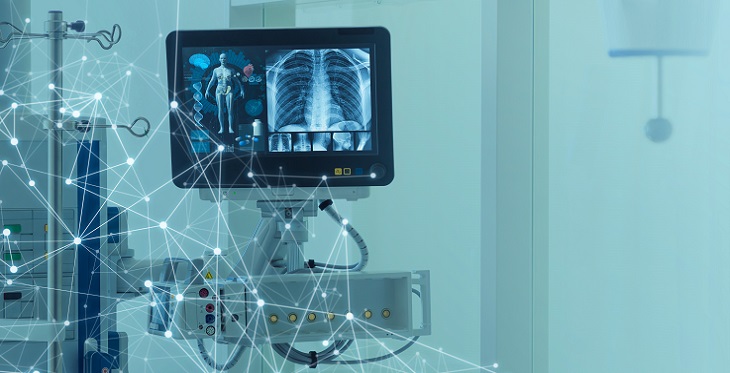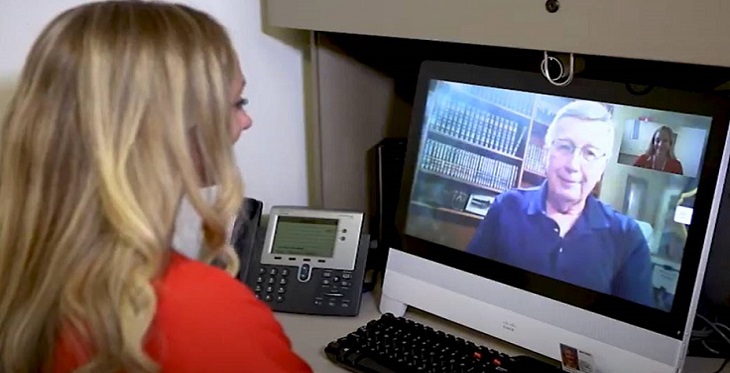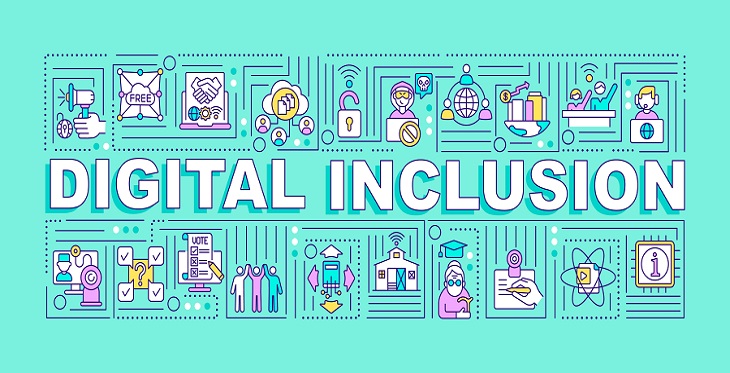When patients are critically ill, the intensive care unit (ICU) is there to help pull them back from the brink. As a medical student in the midst of pre-clinical coursework, especially in the middle of a global pandemic, the role of telecommunications within our world is ever more apparent. So how does this relate to delivering quality critical care to patients that may lack access to such care? ICU telemedicine. Before and even during the ongoing COVID-19 pandemic, telemedicine has been an instrumental tool in being able to deliver care while mitigating risk to both patients and providers alike, all while bringing intensive care into the modern era. However, there is very little awareness of this emerging field of telehealth as it pertains to ICU services.
The Arizona Telemedicine Program Blog, Category: mHealth
On May 5, 2021, legislation was signed by Arizona’s governor, Doug Ducey, affecting telemedicine use, and access to medical services. House Bill 2454 (HB2454) sponsored by Representatives Regina Cobb and Joanne Osborne, and Senator Nancy Barto, has been described as “the most forward looking and most comprehensive bill in the United States with respect to telemedicine,” by Dr. Elizabeth Krupinski, Associate Director for Evaluation, Arizona Telemedicine Program. The real question is, how does this bill impact Arizona healthcare professionals? The Arizona Telemedicine Program, partnering with the Maricopa County Medical Society and the Arizona Department of Health Services, hosted a webinar to help answer this very important question to Arizona’s healthcare workforce.
Whether you’re a freshman or just about finished with your degree, you probably don’t have a lot of free time. So, when it comes to squeezing in routine healthcare, you might think you don’t have the time. However, thanks to the advances made in telehealth, you can now take care of your health from the comfort of your dorm. Here are four reasons why you should consider using telehealth for your medical care.
The VA Phoenix Medical Center launched a new telehealth physical therapy (PT) clinic as part of Veterans’ post-op care plans after total knee replacements. The innovation empowers Veterans to begin VA outpatient PT at home within a week of surgery, improving Veterans’ experience of care.
“Timely access to physical therapy is so important to get Veterans moving in a healthy pattern because sometimes, after surgery, we’re hesitant to move or we’re nervous,” said Christina Crawford, telehealth coordinator (pictured above). “Also, it can help to prevent tightness (known as contracture) in the knee, therefore improving the mobility of the knee.”
I entered the world of Digital Equity advocacy as an AmeriCorps member, serving at the United Way of Tucson and Southern Arizona starting in October, 2020. I am embarrassed to say that I came to this work completely unaware that, according to a recent Brookings Institution report, 15–24% of Americans lack any sort of broadband connection to the Internet. Thankfully, I soon discovered a large and super-engaged group of organizations, government agencies, individuals and policy aficionados were hard at work addressing the myriad issues that contribute to the Digital Exclusion of too many members of our society.




